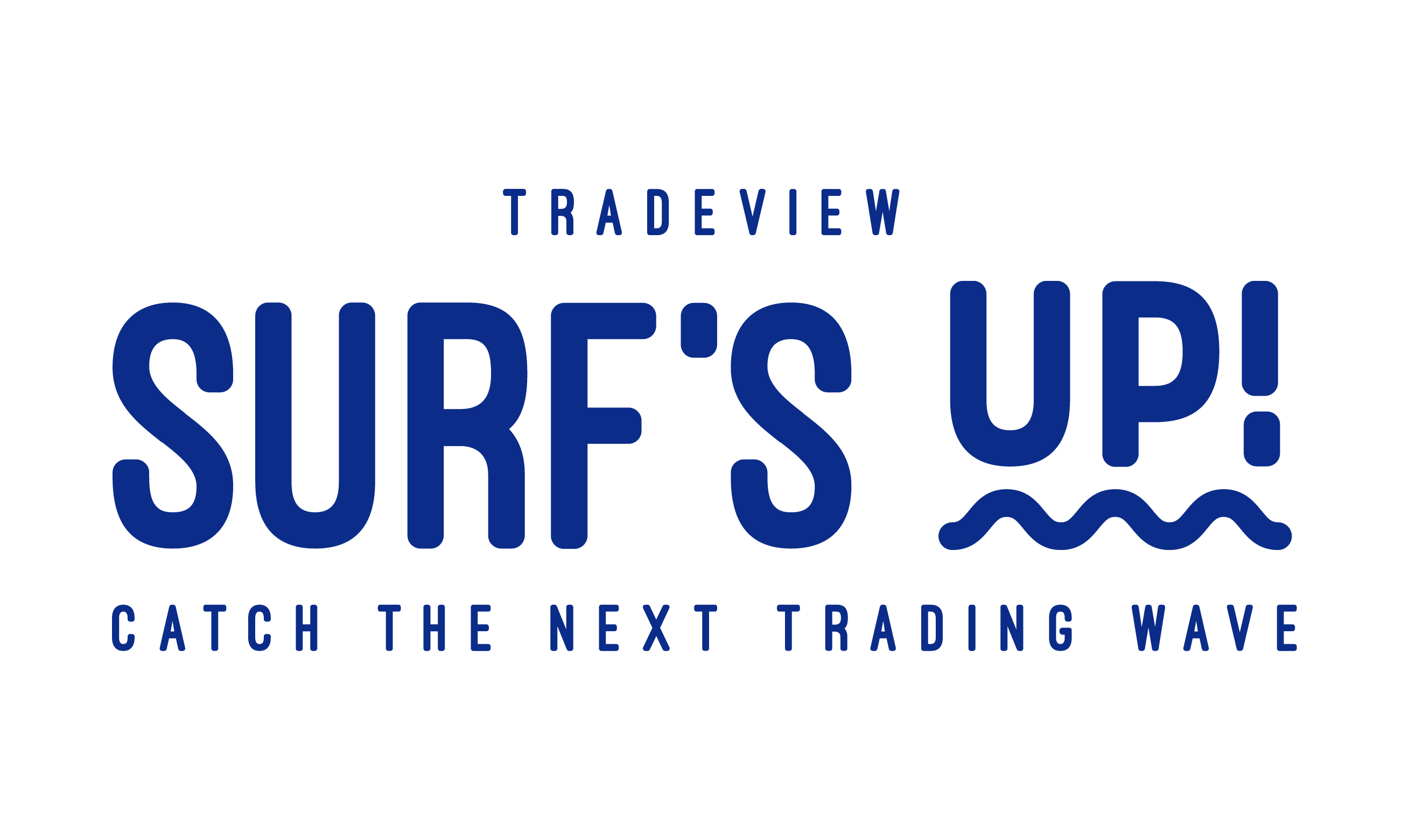After years of controversy, the most significant oil pricing standard globally is set to undergo fundamental changes. This move will make Nymex crude a critical determinant of the price of millions of barrels per day of oil transactions.
The shift was caused by the depletion of tradable oil in the standard known as Dated Brent, an important measure of oil prices. As a result, it has become difficult for this standard to have a tangible presence in the market, making a change inevitable.

Therefore, the S&P Global Commodity Insights company that developed the standard had to conduct a major overhaul. However, the shift was fraught with controversy and caused a lot of tension among oil traders, but it was necessary.
BP commented: “At one point, Dated Brent became subject to increasingly regular turbulence.” As per the definition provided by “S&P,” “Brent crude” or “Platts-determined Brent” is a standard used for pricing light crude oil in the North Sea.
The name “Brent crude” refers to actual shipments that have specified delivery dates. It plays a crucial role in determining the pricing of other associated products, including financial derivatives.
The future of the dated benchmark will change from June shipments onwards. Nymex Crude may be one of the few oil grades that define this benchmark. Here’s a look at the upcoming changes and what they mean.

Contents
Why Is the Procedure Important?
- The “dated” criterion, as it is known to oil traders, helps determine the price of about two-thirds of the world’s oil and even determines the price of some gas deals.
- Oil-producing countries often sell their barrels at small premiums or discounts on the price of this standard. Therefore, the exact mechanisms of how it works are important to them.
In addition, the standard is of great importance to a complex network of derivatives and ultimately determines the value of Brent oil futures contracts that are traded on exchanges.
The dated benchmark affects a wide range of oil prices, so even crude oil elsewhere around the world can be affected.
What Exactly Is Going On?
Traders will sell Nymex crude extracted from the Midland region of Texas across the US Gulf Coast and ship it to Rotterdam in the Netherlands. It will then be re-priced using the freight adjustment factor to simulate shipping from the North Sea.
Following a rigorous process, S&P will assess whether Nymex is offered at a level above or below the current scores it uses in the dated benchmark of Brent, Fortis, Osberg, Ekofisk and Troll”.
If you find that Nymex Midland crude is the most competitive price, then it can determine the prices of the dated benchmark. Therefore, “Nymex” crude may ultimately affect the price that the seller of a barrel of oil from the Atlantic region pays to a refinery in China.
How Will the Pricing Be?
Moving cargoes off the US coast takes time and costs. Therefore, S&P will need to use the Freight Adjustment Factor mechanism to set the FOB price. This is done by deducting the cost of transporting the oil across the North Sea to Rotterdam from the cost of transporting it from the American Gulf.
An illustration of this would be if the dated Benchmark were priced at $80 per barrel with a transportation cost of $1, and Nymex crude were priced at $79 plus a transportation cost of $2.
In such a scenario, the FOB (free on board) price for Nymex crude would also be $80. This amount would be equivalent to the base price ($79) plus the adjusted freight price ($2 minus one dollar).
When Do the Changes Begin?
Some changes are already underway. In February, S&P began evaluating futures prices based on new procedures, and will allow US crude shipments to be listed from early May.
The main derivatives instruments, together with the futures market, will determine the base price of Brent Crude for the month of June.
The amount by which Brent futures trading will increase in the coming weeks is a crucial detail, given that twelve entities have already carried out transactions based on the new terms.
Ultimately, these deals will determine the so-called Brent Index, a price published once a month by ICE Futures Europe that is used for cash settlement of futures contracts.
Are There Challenges?
Assuming traders accept the adjustments that would be a shift in terms of the underlying volume of oil they can handle. It is believed that 60 tankers carrying around 1.8 million barrels of oil per day landed in Europe alone in March, the largest number since 2016.
Approximately 1 million barrels per day of Nymex crude would be eligible (at least in theory) for inclusion under the dated benchmark. However, flow volumes may remain small until trading rebounds.
Open a Demo Account with Tradeview Markets
Ready to trade the world energy benchmarks like natural gas, WTI and Brent Crude Oil? Open a demo account with Tradeview Markets today and experience the thrill of trading these commodities without risking your own capital.
With our user-friendly platform, you’ll get access to real-time market data, advanced trading tools, and personalized support from our team of experts. Don’t wait any longer – sign up now and start your journey towards becoming a successful energy trader!
For more information:
Mohamed Shraka







